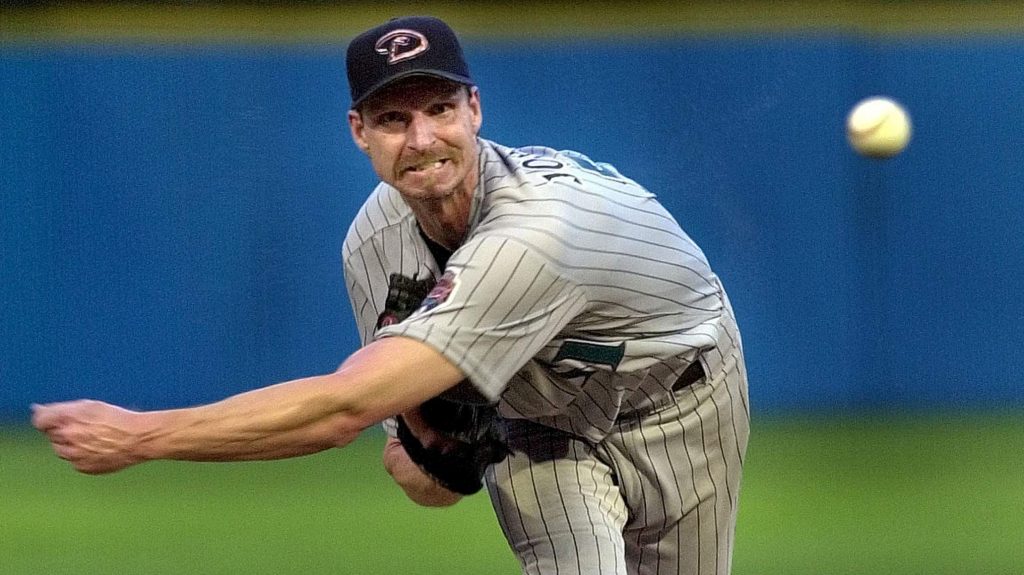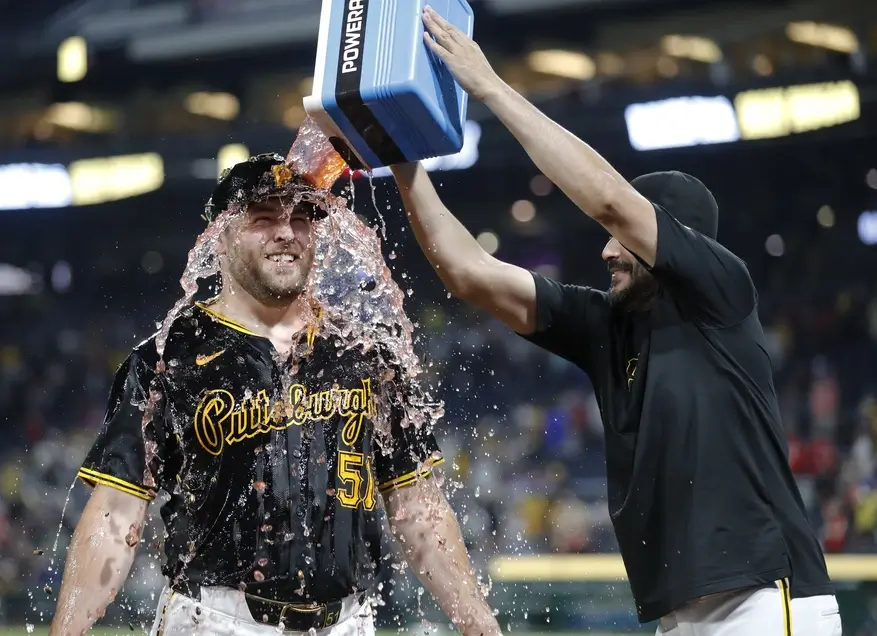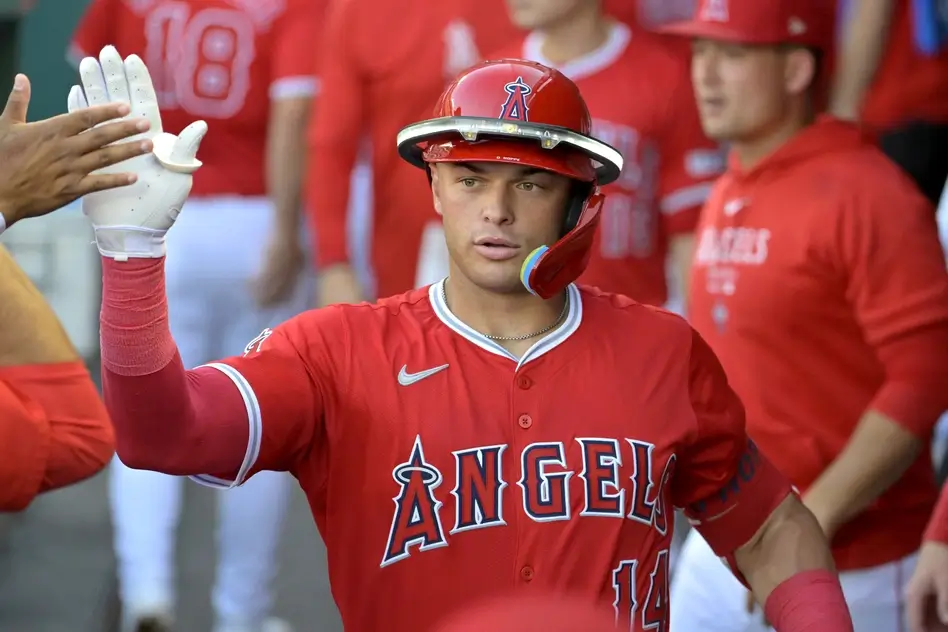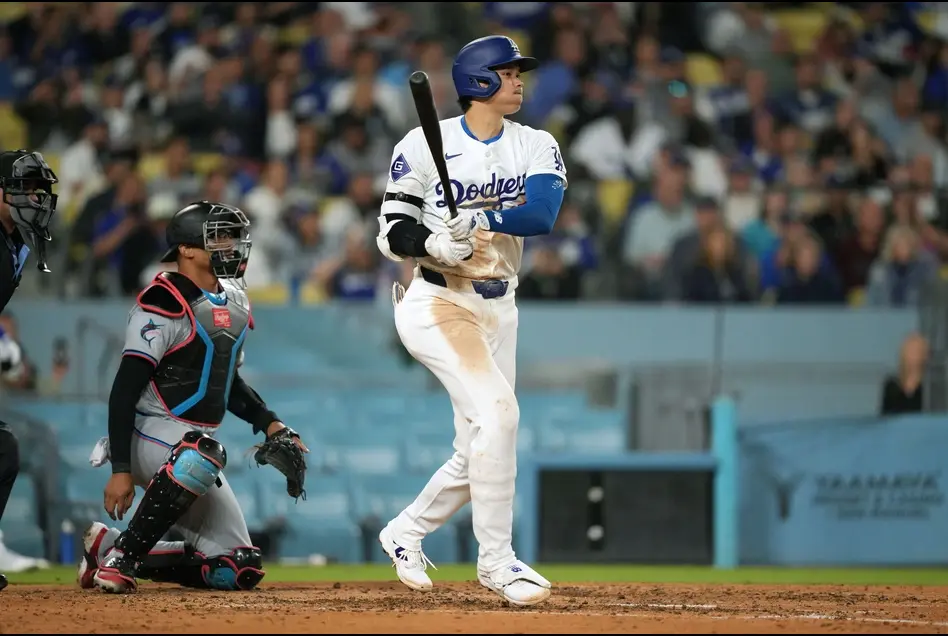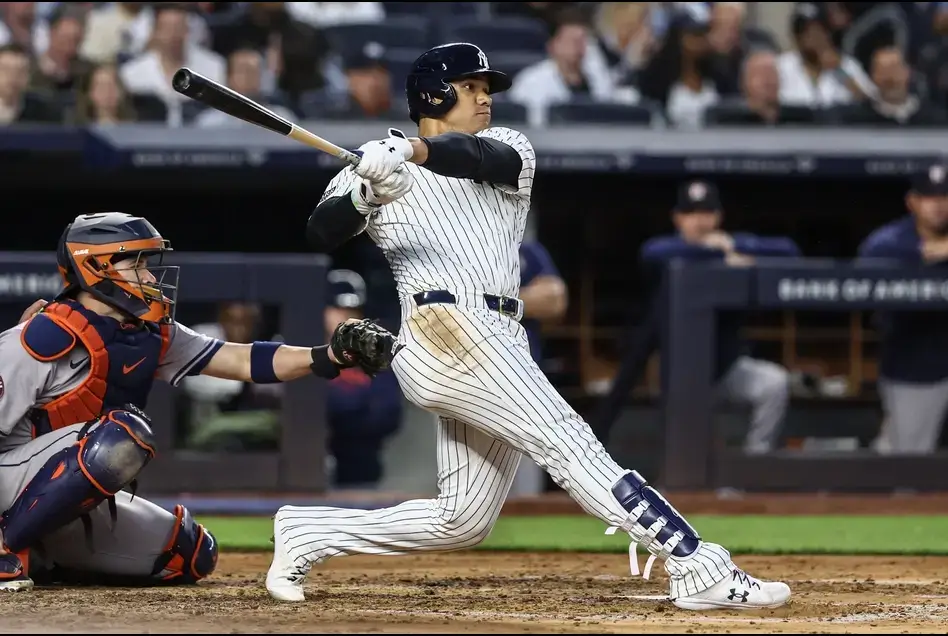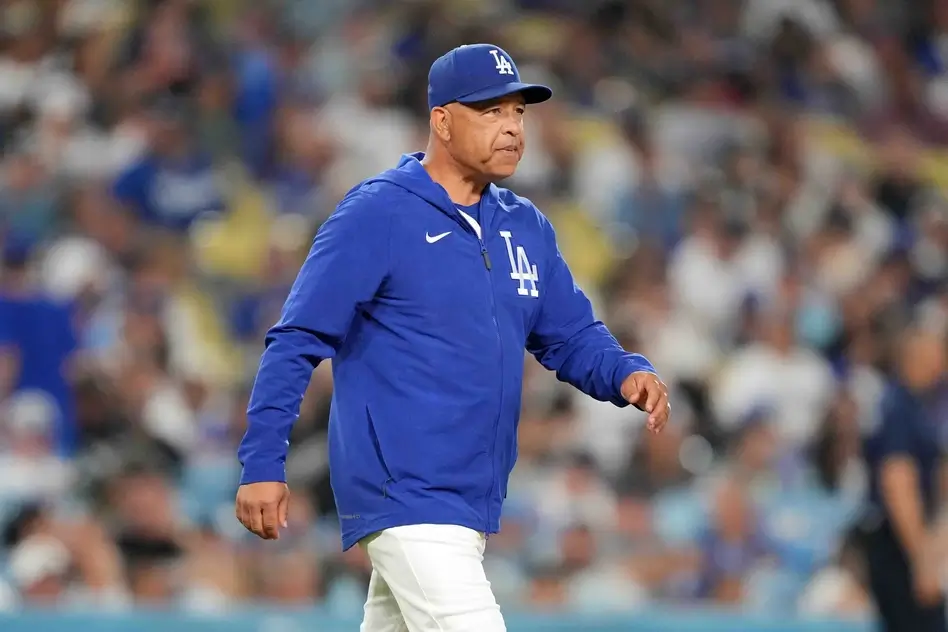There’s no baseball fan, a casual or a diehard, who doesn’t know or hasn’t heard who Randy Johnson is. His over-100-mph fastball, in addition to his hard slider, turned the Big Unit’s efforts on the mound for six MLB teams, including two stints with the Arizona Diamondbacks, into a 2015 National Baseball Hall of Fame induction.
For a starting pitcher so great it only makes sense Johnson, who was born in Walnut Creek, California in 1963, started his amateur career in the greatest college program of all time – the USC Trojans of the University of Southern California in Los Angeles, where he was a teammate of another future Major League great – Mark McGwire. However, he didn’t have the easiest of paths in his days at Dedeaux Field – the team didn’t make the NCAA tournament in his only year and he had control issues.
He was drafted in 1985 by the Montreal Expos and had four very positive starts three years later in his debut seasons, posting a 3–0 record with a 2.42 ERA. However, after a down start to the 1989 campaign, he, alongside four other Expos pitchers, was traded in May to the Seattle Mariners for Mark Langston.
The left-hander’s control problems from college were well and alive in his first three years in the Northwest. He led the league in walks in all three, and in hit batters in the latter two. But his breakout was due in 1993 when he posted 19-4 record with 3.24 ERA, and turned his first 300-strikeout season of six into Seattle’s first historical 300-strikeout season by a pitcher.
During this season he also struck out his 1,000th career batter and was almost traded to the Blue Jays. In 1995, when he won the AL Cy Young, he made his first postseason start, winning against the Yankees. However, he lost his next 6 playoff starts, and the Mariners lost all four series.
Johnson rebounded in 1997, when he won twenty games and had a 2.28 ERA, his best for a single season. Between 1996 – a season he missed the most of due to an injury, and 1997, he was 53-9, including a 16-0 streak, one short of the American League record. The Mariners didn’t offer him another contract as they fell off contention in June, and, minutes before the waiver trade deadline on August 31st, traded him to the Houston Astros for a trio of prospect starting pitchers.
He had a good but short one-year stint with the Astros, which included four shutouts and two NLDS losses to the Padres. What followed was a four-year, $52.4 million deal with the Arizona Diamondbacks in the franchise’s third year of existence. His tenure there established him as a generational great on the mound as he won two consecutive NL Cy Young awards and become one of the six big league pitchers to win a Cy Young in both leagues. He also ended his postseason blues in a particularly dominant fashion in Arizona’s 2001 World Series win over the Yankees. Johnson won the Most Valuable Player award of the series, winning two starts and appearing in relief in Game 7.
That was his second relief appearance in 2001 after a record 19-strikeout effort in a delayed game at San Diego’s Qualcomm Stadium. Earlier in the year, in spring training, he was at the forefront of one of the most viral accidents in near MLB history, when one of his pitches killed a dove. He won the Triple Crown in 2002 and pitched the 17th perfect game in Major League Baseball history against the Atlanta Braves in 2004, becoming the oldest player to do so at the age of 40. In 2005 the Diamondbacks traded him to the Yankees for four prospects and cash considerations.
Johnson had two inconsistent years in the Bronx, including another two playoff losses before he was dealt back to the desert. He spent two years in Arizona and spent the last, age-47 season with the San Francisco Giants. He finished his MLB career with 303 wins, 169 losses and 3.29 ERA.
Randy Johnson is widely regarded as one of the greatest starters of all time, alongside Nolan Ryan. More ironic is the fact that he was the person helped Johnson overcome his early control problems while they were both in the same division. Johnson recorded 4,875 strikeouts, second to only Ryan, and won five Cy Young awards, four of which in consecutive seasons. He also had a no-hitter in 1990 and is one of five pitchers to pitch a no-hitter in both leagues. He took part in the All-Star Game 10 times, and led the league in strikeouts nine.
His high-velocity fastball was his signature pitch, often going over the 100 mph mark regarded by many former players as “unhittable”. As Adam “Big Donkey” Dunn, a former two-time All-Star, said “When Randy Johnson was good, it was absolutely hopeless. Every pitch looks like it’s going to hit you back in the neck.” On 2010 Opening Day in Seattle, Johnson was inducted to the Mariners Hall of Fame, before, a year later on the 10th anniversary of the Diamondbacks’ championship, his No. 51 was officially retired by the franchise.
Randy Johnson’s legacy finally landed in Coopertown in 2015 and it surprises a grand total of nobody that he was elected in his first year of eligibility. Even though he had the third-highest percentage among pitchers with 97.3%, if anyone deserved to be voted anonymously before Mariano Rivera in 2019, Randy Johnson was among those baseball greats.


